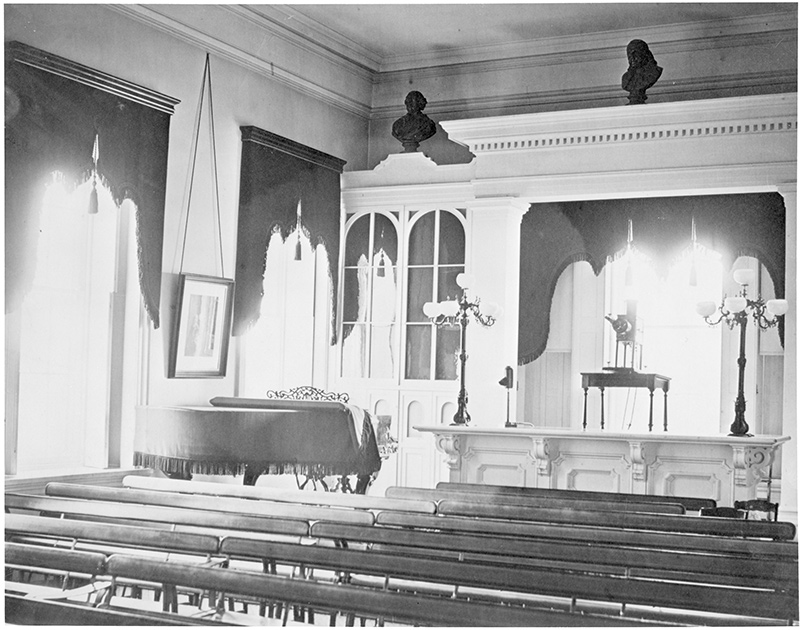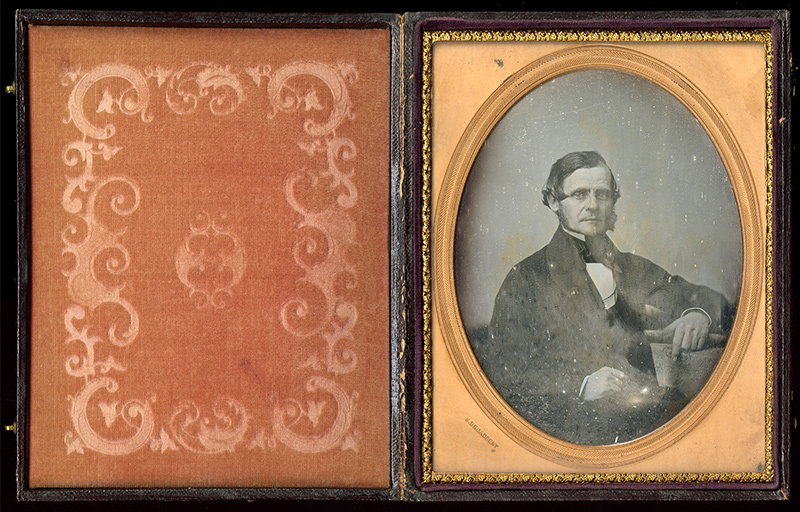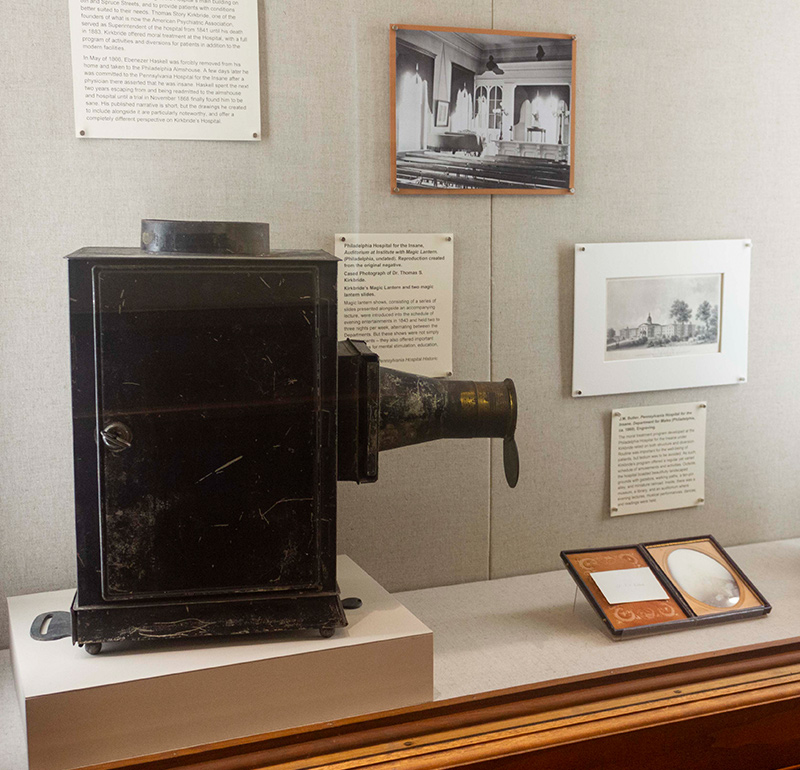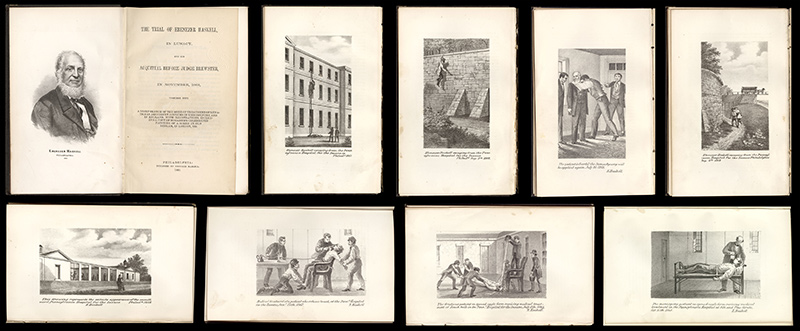“Simply to speak a few plain unvarnished truths”
Ebenezer Haskell and the Pennsylvania Hospital for the Insane
The Pennsylvania Hospital for the Insane at 44th and Walnut Streets, known locally as “Kirkbride’s Hospital,” was founded in 1841 to alleviate overcrowding at the Hospital’s main building on 8th and Spruce Streets, and to provide insane patients with conditions better suited to their needs. Thomas Story Kirkbride, one of the founders of what is now the American Psychiatric Association, served as Superintendent of the hospital from 1841 until his death in 1883. In 1859 the Hospital doubled in size with the addition of a new Department for Males building, designed by Kirkbride to meet his exact specifications.
Ebenezer Haskell was forcibly removed from his home in May of 1866 and taken to the Philadelphia Almshouse. A few days later he was removed to the Pennsylvania Hospital for the Insane where a physician asserted that he was insane. He spent the next two years escaping from and being readmitted to the almshouse and hospital until a trial in November 1868 finally found him to be sane. His narrative is short, and little is known about Haskell before 1866, but the drawings he created to include alongside his published narrative are particularly noteworthy.



